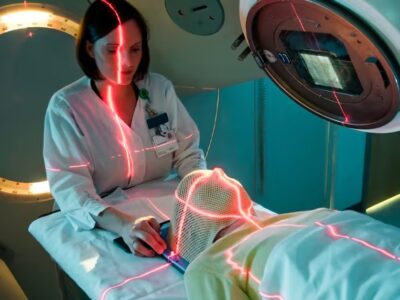
Also known as physiotherapy, physical therapy is used when managing and evaluating patient physical progress. Physical therapy plays a vital role in assisting injured, and ill people manage the pain they are going through. Although physical therapists cannot prescribe medicines to a patient, physical therapy is used alongside other forms of treatment to treat patients with chronic diseases like cancer or diabetes, illnesses, or injuries. Physical therapy can also be used during the rehabilitation process to cope with the pain that accompanies the withdrawal systems.
Some of the problems that drive a person to seek physical therapy include;
- Pain in the neck and lower back
- Being diagnosed with arthritis on a single or multiple joints
- Fatigue and weakness arising from chronic illnesses like cancer, diabetes, et cetera.
- Sport-related injuries.
- Injuries arising from accidents.
- Orthopedic injuries
- Fractures
These are but a few reasons why people seek the services of physical therapy.
There are different types of therapies that help persons with injuries and ill seek to ease their pain. Therapy houses like physical therapy grass valley offer the following types of physical therapy;
- Pediatric physical therapy
Children grow up fast, and often their bones mature faster than their muscles. This can cause pain in the muscles. Pediatric physical therapist works with children to ensure that the muscles and bones grow at the same rate, thus ensuring their maximum potential to function.
- Geriatric physical therapy
Geriatric physical therapy focuses on the aging population, and therapists use it to treat pain arising from illnesses like arthritis, cancer, joint replacement, and balance disorders. In addition, geriatric physical therapy works on restoring the upright posture of the aging population, making their muscles strong, increasing fitness, and reducing the total overall pain that the patient feels.
- Vestibular rehabilitation therapy
The ear is responsible for maintaining balance, and posture of the human body, any defect to the ear inhibits its ability to perform this function. It can cause dizziness resulting in falls/ vestibular rehabilitation therapy through various exercises corrects this through promoting vestibular adaption and substitution. The goals of vestibular therapy include; maintaining posture, improve vertigo and gaze stability, and improving day-to-day activities.
- Neurological physical therapy
A neurological therapist often treats conditions arising from the central nervous system, and the conditions include illnesses, injury, or disorders of the central nervous system. The therapist encourages muscles to use flexibility and motion, which translates to improve strength, balance, and coordination of the central nervous system.
The goals of neurological physical therapy are to improve the function of the brain and body, reduce symptoms while generally increasing the overall health awareness of the patient.
- Cardiovascular physical therapy
This form of physical therapy is designed to deal with and treat conditions that arise from heart defects, cardiovascular treats, and eases the pain from stroke, heart attack, and other forms of heart illnesses.
The cardiovascular therapist focuses on exercise that is aimed towards the chest and posture. These exercises make day-to-day activities like walking more effortless and assists with the patients breathing and recovering from the diseases they were suffering from much faster.
Physical therapy is essential when treating pain and other diseases. They play a significant role in hastening the healing process, and due diligence should be done to improve and train personnel offering physical therapy.











